Eternal Error
analog C-Prints & Blueback Paper Prints


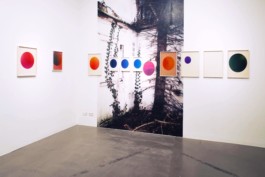
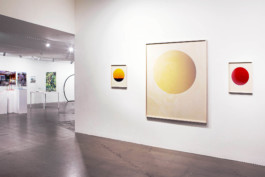
MARTA Herford, OWL5 | Tracing Traces, 2019
MARTA Herford, OWL5 | Tracing Traces, 2019
MARTA Herford, OWL5 | Tracing Traces, 2019
MARTA Herford, OWL5 | Tracing Traces, 2019
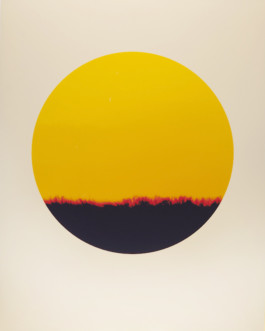
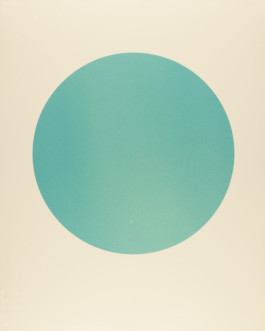






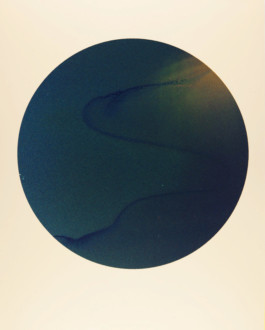

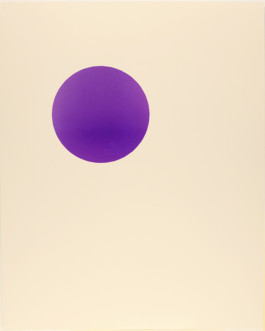

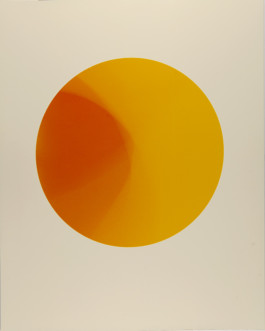
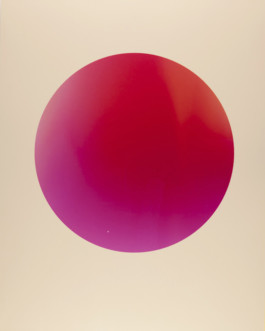

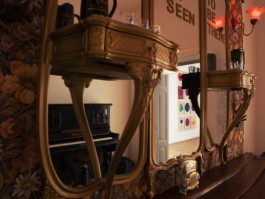
Nassaischer Kunstverein, Wiesbaden 2020
Nassaischer Kunstverein, Wiesbaden 2020

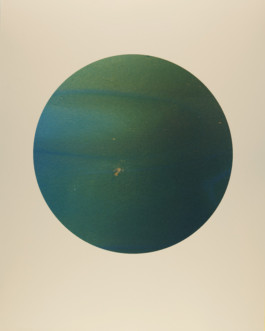
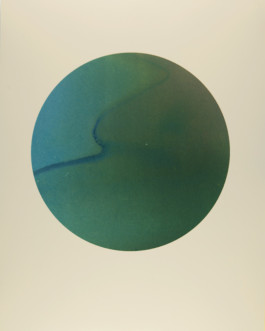


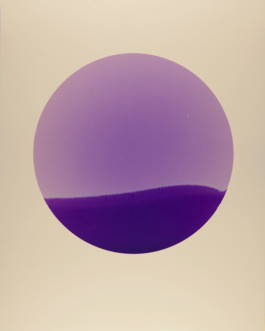

Tel Aviv, Eden Cinema, 2018

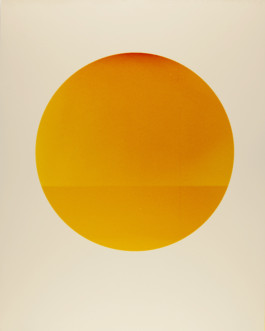

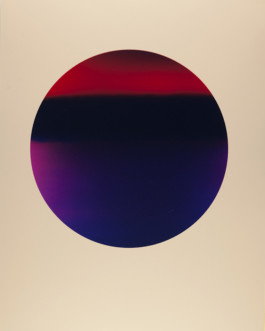
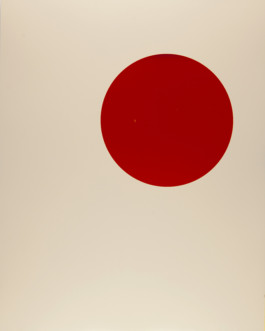
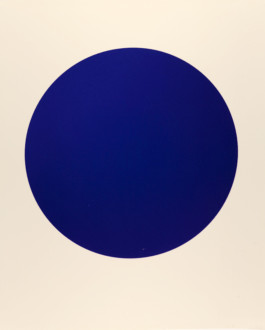
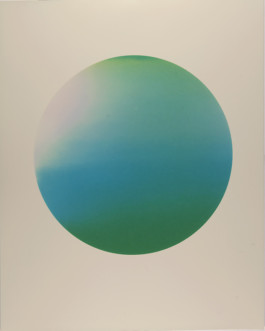

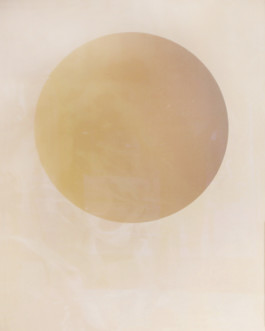

FUJIFILM FP-100 SILK
8,5 x 10,8 cm
2018






Eternal Error
Dr. Anja Schürmann
Übel beleumundet muss man das Foto heute nennen. Indexikalisch beraubt, als Dokument nutzlos, als Kommunikationsmittel zuviel. Die apokalyptischen Reiter (z.B. James Elkins, W. J. T. Mitchell) verkünden immer wieder sein Ende. Was zu Grabe getragen wird, ist aber nicht die Fotografie. Sondern eine Vorstellung von Fotografie. Eine Vorstellung, deren Tod neue Vorstellungen entstehen lassen kann, wie Karsten Kronas in seiner Serie „eternal error“ zeigt:
Die einzelnen Werke bewegen sich bewusst an der Grenze des fotografischen Bildes. Es sind Laborexperimente, aus Momenten entwickelt, wo das Licht, der chemische Prozess der Entwicklung, das Dargestellte dominierte. Die entstandenen Bilder stellen aber auch die Frage, in was für einem Labor man sich überhaupt befindet: Die runden Ausschnitte können sowohl optische Linsen als auch Petrischalen sein, man wird an astronomische Aufnahmen von vorgefärbten Planeten und Monden ebenso erinnert wie an ein Loch, durch das man blicken kann, ein Blick, der gewollt und doch verboten ist: der Blick als Einfallstor für Unabsehbarkeiten aller Art.
Eine Frage dieser Serie ist es, wann ein Foto ein Foto wird. Ist es bereits ein Foto auf dem Sensor oder dem Negativ der Kamera? Oder muss es materielle Form angenommen haben, als Print oder als Datei? Wo liegt diese Grenze? Fotografie ist immer eine Verschränkung von Sichtbarkeit und Unsichtbarkeit, Vergegenwärtigung und Entzug, Wissen und Imagination: So oft Fotos beobachten, sind sie auch Zeugnisse von einer Vergangenheit, die unbeobachtbar bleibt. Die Konzentration auf die Sichtbarkeit des Bildes lässt den Prozess der Sichtbarmachung häufig zu kurz kommen, man ignoriert den Produktionsprozess zugunsten dessen, was man sieht, was auf einem Foto ‚drauf‘ ist.
Diese Arbeit stellt Fragen an den Grenzen der Sichtbarkeit, an den Grenzen zwischen Gewolltem und Ungewolltem. Sie vertauscht Perspektiven, ändert Ausschnitte, um das Material gegen das Zeichen antreten zu lassen. Nicht im Kampf, sondern um die Dichotomien subjektiv / objektiv, konstruiert / realistisch, künstlich / natürlich aufzulösen. Um zu zeigen, das eine Fotografie alles sein kann: Dokument und Zeichen, chemischer Malvorgang und indexikalische Spur.
The photograph today has a bad reputation. Indexically deprived, useless as a document, as a communication tool too much. The apocalyptic riders (for example, James Elkins, W. J. T. Mitchell) announce its end again and again.
What is borne to the grave, however, is not photography. But an idea of photography. An idea whose death can lead to new ideas, as Karsten Kronas would like to show with his series "eternal error":
The individual works move consciously at the border of the photographic image. They are lab experiments, developed from moments where the light, the chemical process of development, dominated the depicted. However, the resulting images also raise the question as to what kind of laboratory you are at all: The circular cut-outs can be both optical lenses and petri dishes, one can also be reminded of astronomical images of pre-colored planets and moons as well as of a hole through which one can look, a look that is intentional and yet forbidden: the view as a gateway for inevitabilities of all kinds.
A wonder in this series when a photo becomes a photo: Is it already a photo on the sensor or the negative of the camera? Or does it have to take material form, as a print or a file? Where is the threshold? Photography is always an entanglement of visibility and invisibility, visualization and withdrawal, knowledge and imagination: as often as photographs are seen, they are also testimonies of a past that remains unobservable. Concentrating on the visibility of the image often leaves the process of visualization too short, ignoring the production process in favor of what you see in a photo.
The work places these questions at the limits of visibility, at the borders between the intentional and the unintentional. It switches perspectives, manipulate pieces to let the material compete against the sign. Not in conflict, but to dissolve the dichotomies of subjective / objective, constructed / realistic, artificial / natural. To show that a photograph can be everything: document and character, chemical painting and indexical trace.

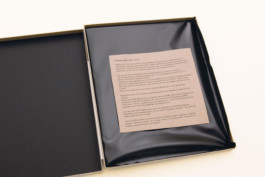
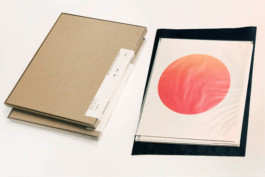
Edition Eternal Error
Editions No. 1 to 49
come as loose-leaf-collection in a box, including seven varying numbered and signed pigment print on 300 gsm Hahnemühle Baryta Satin
290 x 230 mm (print),
310 x 260 x 18 mm (box).
Editions No. 50 to 100
are available as single prints.
2020
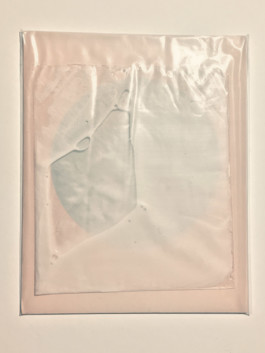
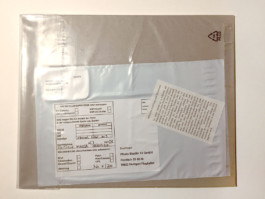

Edition MARTA Herford
Selbstplakatier-Set
Blueback Paper
24,5 x 30,5 cm
20 EX
2019



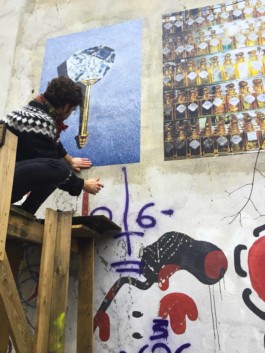
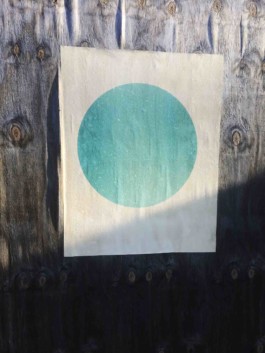
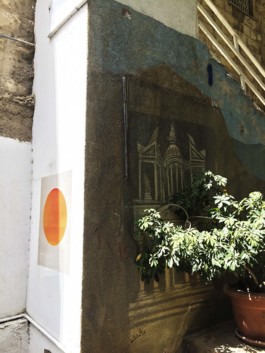
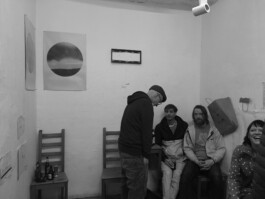

Hinterconti, Hamburg 2019
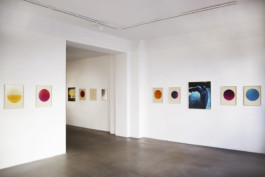
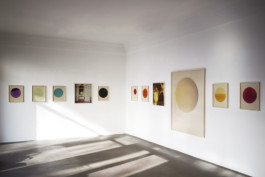


Installation view David Behning Galerie, 2018
Installation view David Behning Galerie, 2018
Installation view David Behning Galerie, 2018
Installation view David Behning Galerie, 2018
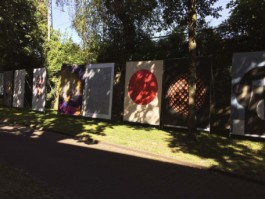
Plakartive 2019
Bielefeld Biennale